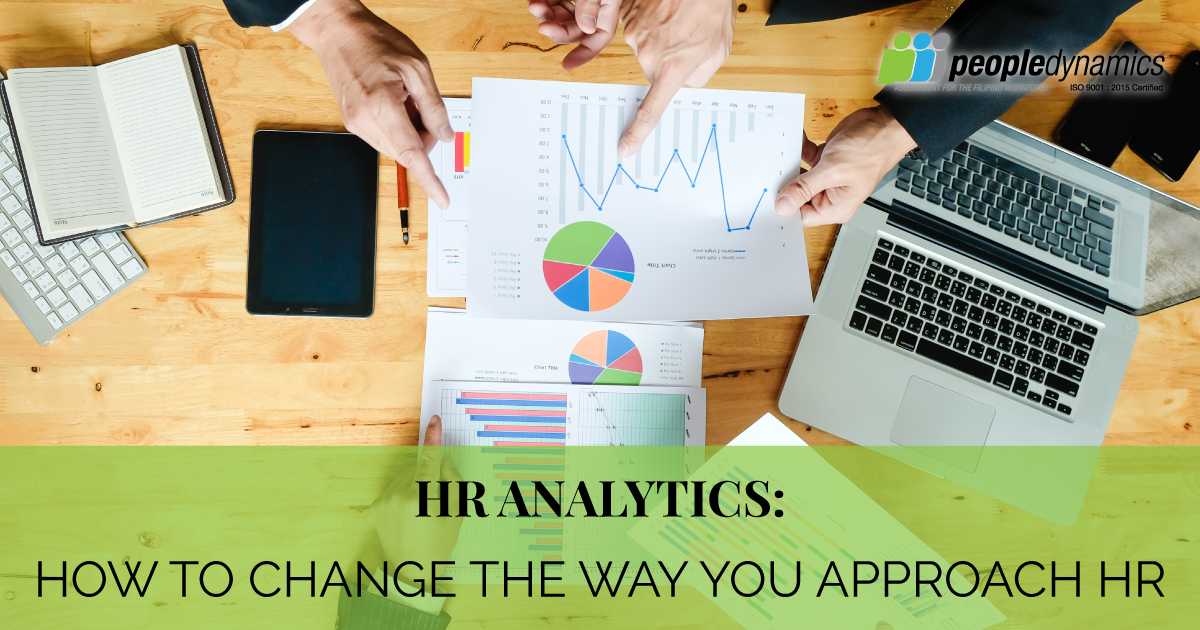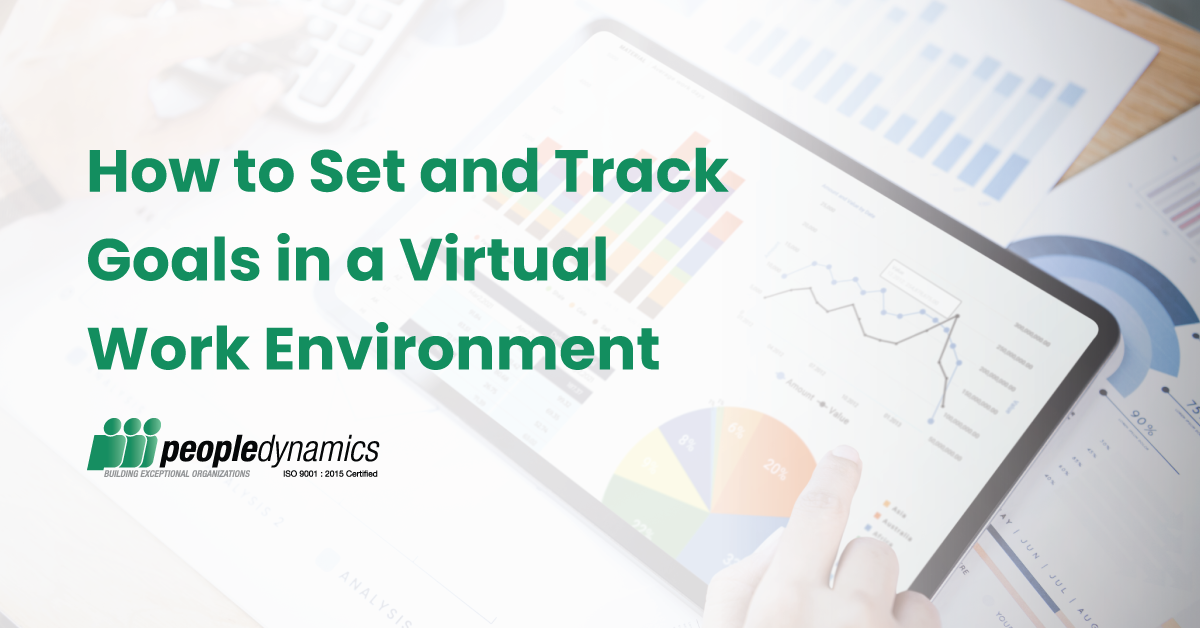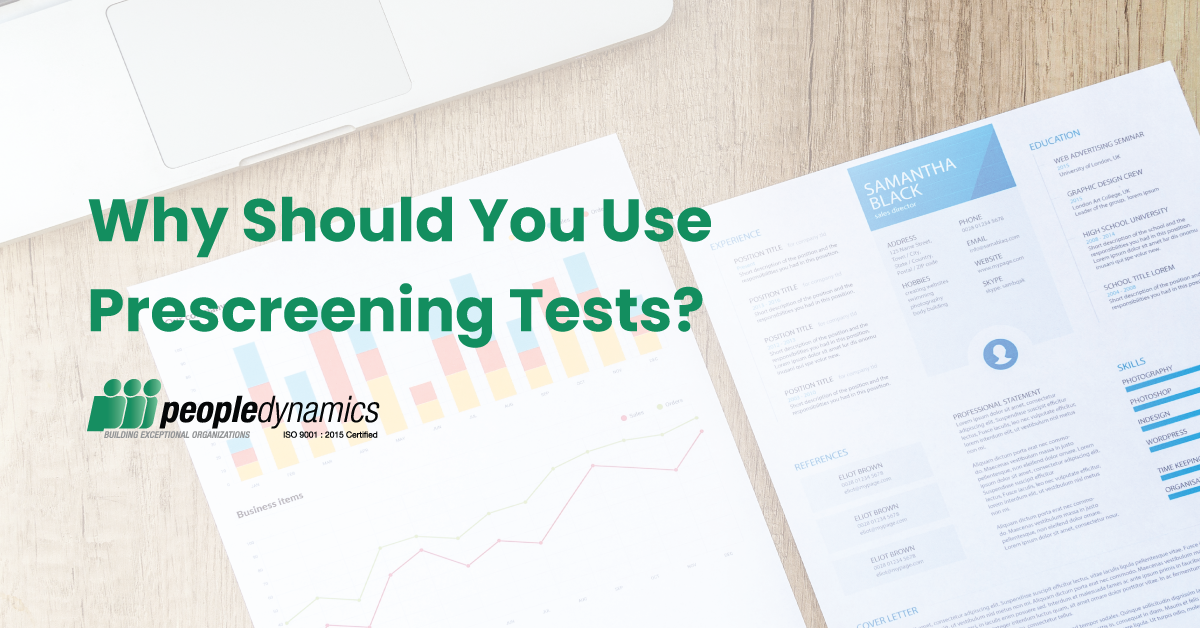HR Analytics, the use of people-data in analytical processes to solve business problems, is not a new concept and has been around for a long time. Still, some organizations are reluctant to dive into their data and start using it, some due to misconceptions and myths they believe about it. If you’re among those people who are having doubts, we list down some ways analytics change the way you approach HR below.
How Analytics Changes the Way You Approach HR
Organizations, especially the HR department, have huge amounts of data. The key is to analyze this data to help you turn guesswork into knowledge. This is where HR analytics, sometimes referred to as people analytics, workforce analytics, or talent analytics come in. It can also help you:
Make better hiring decisions
Hiring is a crucial part of every organization. Its success or failure greatly impacts the business. Because of its importance, trusting your “gut feelings” isn’t enough. You need solid data to find and support the right talent for your job vacancy.
Various tools have been developed–such as applicant tracking systems and assessments–that help you gather data about the candidate, more than what their resumes say. These tools also help you in preventing employment biases affect your hiring decisions. Other ways HR can use analytics to find the perfect employee are by attracting diverse teams, predicting bad hires, and determining long-term impact.
Reduce employee turnover
Is your organization experiencing a high employee turnover rate? Your data may have the answer. Exit interviews and resignation letters don’t always shed light on the real reason an employee leaves the company. This is where your data and analytics may help. Look for the following:
- What is your resignation or turnover rate? (Remember that not all turnover is bad!)
- Who is resigning?
- What is the impact of turnover in your business metrics?
- What drives people to resign?
- Are there other factors affecting your turnover rate? (Look for correlations such as compensation ratio, promotion wait time, etc.)
Increase engagement and retention
Some experts say that employee engagement is the key to employee performance. After all, engagement is a reliable predictor of performance. So, if you want to increase engagement and satisfaction, you have to start by collecting feedback from your employees and conducting engagement or climate surveys. Analyze them for trends, especially for employee responses to leadership styles, company policies, etc.
Utilized properly, HR analytics will be a powerful tool for you to improve your organization. So, what are you waiting for? Make use of your data now!




